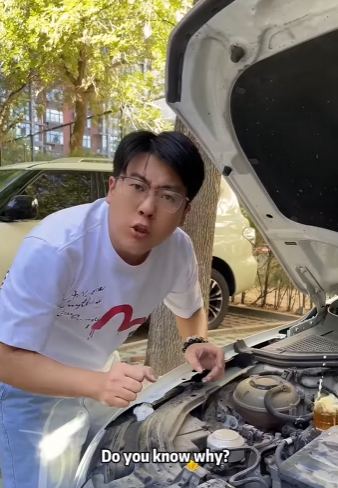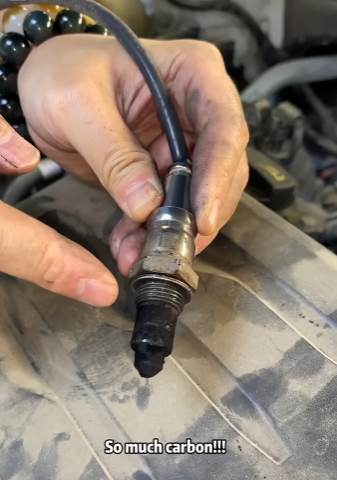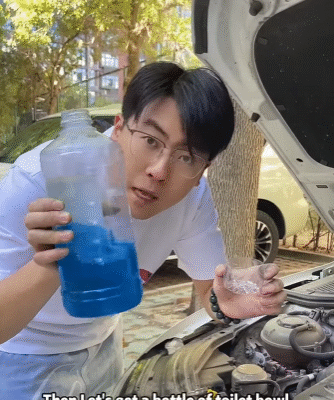
Experiencing engine vibration while driving can be both annoying and alarming. While some level of vibration is normal due to the combustion process inside the engine, excessive shaking or abnormal vibrations could be a sign of underlying mechanical issues. If left unaddressed, engine vibrations can worsen over time, reduce driving comfort, and even lead to costly repairs. This guide will explore the most common causes of engine vibration and walk you through practical steps to eliminate them effectively.
1. Check and Replace Worn Engine Mounts
One of the most common causes of engine vibration is worn or damaged engine mounts. These mounts are designed to secure the engine to the chassis and absorb normal engine movement. When engine mounts wear out or break, they can no longer dampen the engine’s vibrations, causing the entire car to shake, especially at idle or during acceleration.
What to do:
- Inspect the engine mounts for visible cracks or damage.
- If one or more mounts appear worn out, they should be replaced.
- Replacement can be done by a mechanic or, in some cases, by skilled DIYers with the right tools.

2. Inspect Spark Plugs and Ignition Components
Misfiring spark plugs are a frequent cause of engine vibration. When a plug misfires, it disrupts the smooth operation of the engine and leads to uneven power delivery, resulting in shaking or vibrations.
What to do:
- Check your car’s service manual to locate the spark plugs.
- Inspect the plugs for soot, wear, or a burnt appearance.
- Replace old or damaged spark plugs.
- Consider also inspecting the ignition coils and wires, especially if the engine vibrates under load or during acceleration.
3. Balance the Engine’s Air-Fuel Mixture
An imbalanced air-fuel mixture can cause the engine to run rough. This issue may stem from a faulty oxygen sensor, dirty fuel injectors, or a malfunctioning mass airflow sensor (MAF).
What to do:
- Use a diagnostic scanner to check for error codes related to the fuel system or sensors.
- Clean the MAF sensor using appropriate cleaner.
- Consider using a fuel injector cleaner additive to remove carbon buildup.
- If the issue persists, have a mechanic check the fuel system for deeper issues.

4. Check the Timing Belt or Timing Chain
The timing belt or chain synchronizes the movement of the crankshaft and camshaft. If it’s loose, worn, or misaligned, it can cause the engine to vibrate, misfire, or run erratically.
What to do:
- Listen for rattling or slapping sounds from the engine compartment.
- Inspect the belt or chain according to the manufacturer’s maintenance schedule.
- Replace the timing belt or chain if it’s due or showing signs of wear.
- Timing components should be replaced by an experienced mechanic to ensure proper alignment.
5. Inspect Engine Accessories and Drive Belts
Many vibrations can originate not from the engine itself, but from its accessories. Items like the alternator, air conditioning compressor, and power steering pump all run on belts. If a belt is worn, cracked, or loose, it can cause vibrations.
What to do:
- Visually inspect the serpentine or accessory belts for damage.
- Ensure the belts have proper tension and aren’t slipping.
- Replace worn belts immediately.
- Have the pulleys and tensioners inspected for proper operation.

6. Look at the Exhaust System
A damaged exhaust system, especially components like the catalytic converter or muffler, can cause abnormal engine vibrations. Broken hangers or loose connections may allow the exhaust to move excessively and transfer vibration into the cabin.
What to do:
- Inspect the exhaust pipes, muffler, and catalytic converter for visible damage or rust.
- Check for missing or broken hangers.
- Tighten any loose clamps or bolts.
- Replace rusted or cracked components.
7. Examine the Fuel Injectors
Dirty or clogged fuel injectors can disrupt the flow of fuel to the engine cylinders. When one cylinder doesn’t receive enough fuel, the engine will misfire and cause uneven operation and vibration.
What to do:
- Use a fuel injector cleaning kit or add injector cleaner to the fuel tank.
- If cleaning doesn’t resolve the problem, a professional cleaning or injector replacement may be needed.
8. Perform an Engine Compression Test
Uneven compression between engine cylinders can cause vibrations due to uneven power generation. This can result from worn piston rings, valve issues, or head gasket failure.
What to do:
- A mechanic can perform a compression test to check for consistency across cylinders.
- If compression is low or uneven, engine repair may be necessary, such as valve reseating or piston ring replacement.

9. Inspect Transmission and Drivetrain
Sometimes, engine vibrations may seem like they’re coming from the engine when they’re actually caused by the transmission or drivetrain components. Issues like worn CV joints, a failing torque converter, or transmission mounts can cause noticeable vibration.
What to do:
- Listen for clicking or clunking noises when accelerating or turning.
- Inspect CV joints and boots for wear.
- Have a mechanic check the transmission and mounts for wear or misalignment.

10. Wheel Alignment and Tire Issues
It’s also possible that the vibrations felt in the car aren’t engine-related at all. Uneven tire wear, unbalanced wheels, or misaligned suspension can create vibrations that feel like they come from the engine.
What to do:
- Check tire pressure and wear pattern.
- Have your tires balanced and wheels aligned.
- Rotate tires if needed to even out wear.

Conclusion
Eliminating car engine vibration requires a methodical approach. It starts with diagnosing the most common and easily fixable problems, such as worn engine mounts or faulty spark plugs, and progresses to more complex possibilities like timing issues or fuel system malfunctions. If you’re not confident in diagnosing or repairing engine problems yourself, it’s always wise to consult a qualified mechanic. Addressing engine vibrations early can improve driving comfort, enhance vehicle performance, and save you money in the long run.
By regularly maintaining your vehicle and being attentive to the warning signs, you can ensure your engine runs smoothly—and vibration-free—for years to come.



